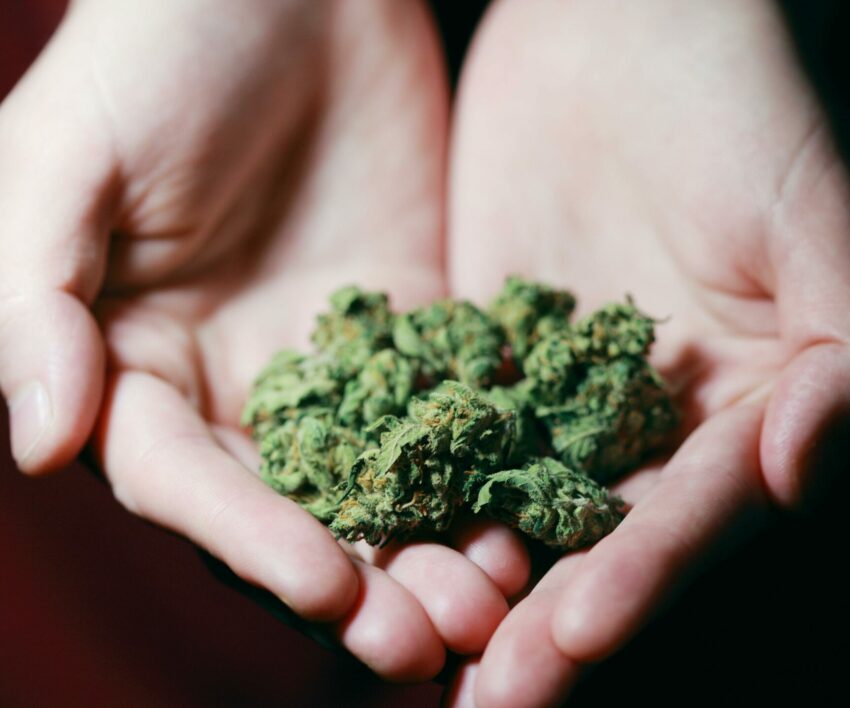
picture: pexels
Upon hearing the word cannabis you probably only associate it with getting high and out, which is not an entirely bad connection because that is one of the uses of this herb, smoking.
However, there is more than meets the eye when it comes to cannabis, more specifically medical cannabis. Health publications detail some of the uncommon, yet fascinating, ways this green powerhouse is being used in modern medicine.
According to the Britannica publication, medical cannabis is an herbal drug used for treating specific symptoms or diseases. Historically, the publication states that this plant was used as an analgesic and antispasmodic, cannabis’s therapeutic potential was not widely recognised until the discovery of tetrahydrocannabinol (THC) in the 1960s and the system of endogenous cannabinoid receptors and ligands in the 1980s and early 1990s.
The National Health Services states that “Cannabis can provide relief from certain types of conditions, such as severe chronic pain, and led to the development of various herbal medical cannabis products. Epidyolex, which is a highly purified liquid containing CBD (cannabidiol) can be prescribed by a specialist for patients with Lennox-Gastaut syndrome and Dravet syndrome (both rare forms of epilepsy).”
The WebMD publication mentions that medical marijuana, containing cannabinoids, has been shown to control vomiting in cancer chemotherapy patients, moderately reduce pain in conditions like nerve damage, cancer, multiple sclerosis, and rheumatoid arthritis, and reduce muscle spasms in multiple sclerosis patients.
Furthermore, it is stated that this herb may also improve sleep, increase appetite, decrease weight loss in HIV and AIDS patients, reduce tics in Tourette’s syndrome, reduce anxiety in social anxiety disorder patients, and improve symptoms of post-traumatic stress disorder.
Also see: SA’s cannabis sector celebrates Ramaphosa signing new law
